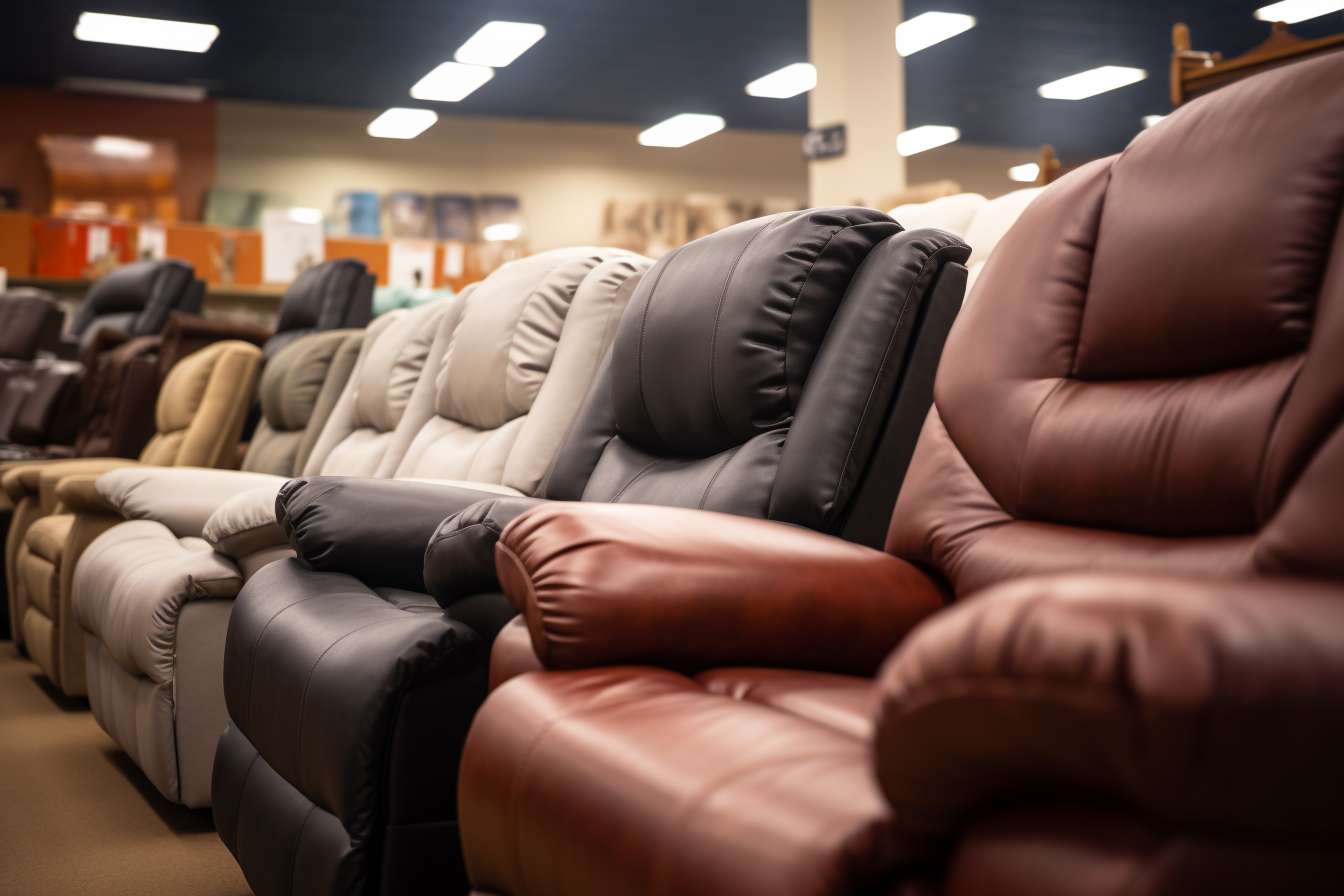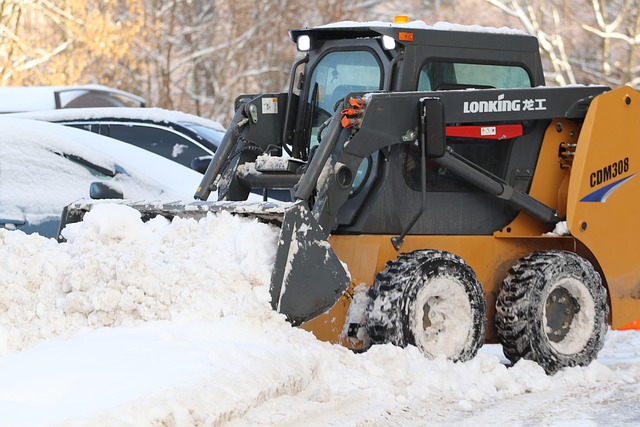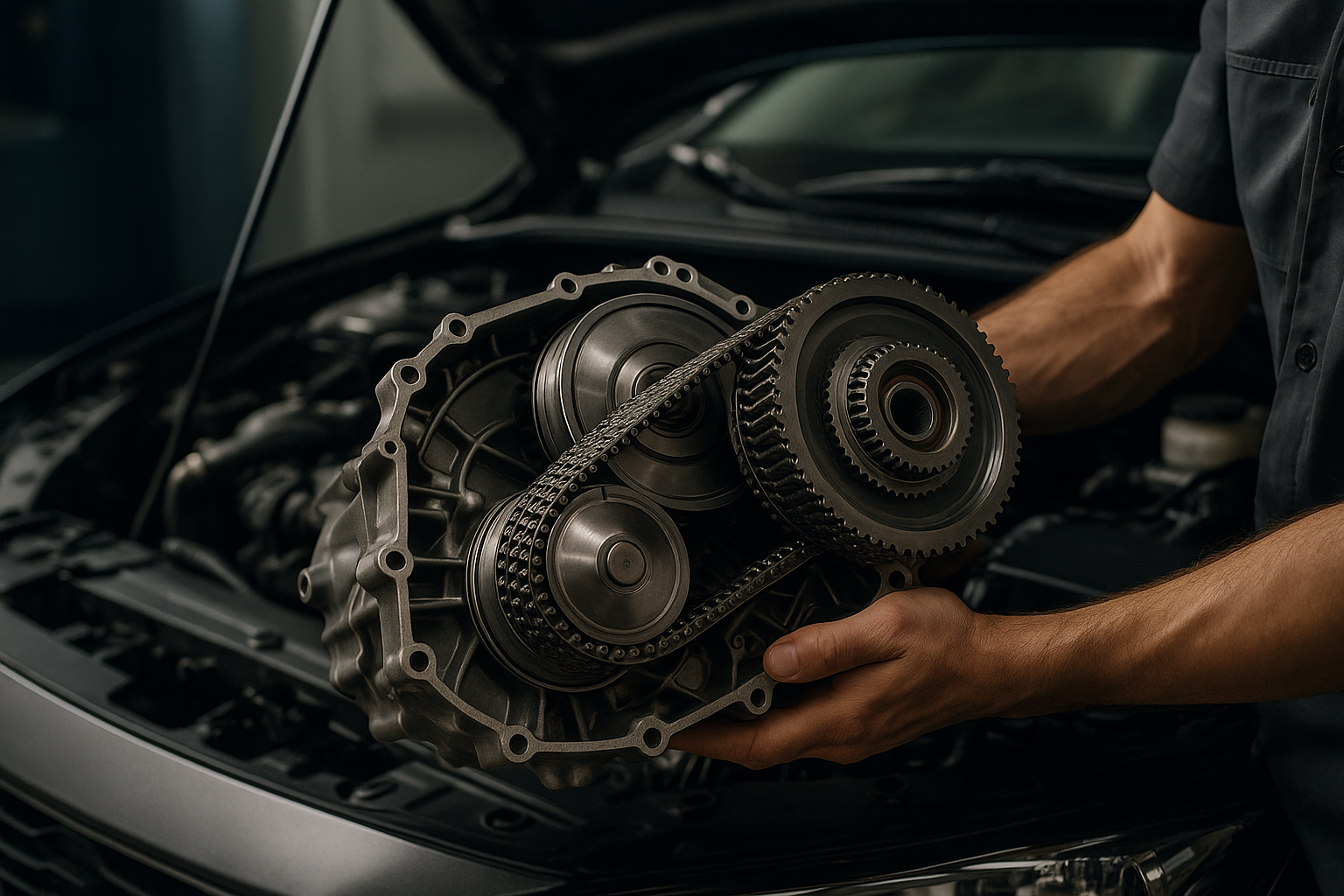Explore modern epoxy coatings and transform your space
Epoxy flooring has emerged as one of the most versatile and durable flooring solutions in both residential and commercial spaces. Once limited to industrial settings, modern epoxy coatings now offer stunning aesthetic appeal alongside practical benefits that traditional flooring options can't match. Whether you're renovating your garage, kitchen, basement, or even your living room, epoxy paint can completely transform your space with its glossy finish, customizable designs, and exceptional durability. This comprehensive guide explores everything you need to know about modern epoxy coatings for your next flooring installation project.

What is Epoxy Paint?
Epoxy paint isn’t actually paint in the traditional sense. Rather, it’s a thermosetting resin applied as a coating to floors, formed by mixing a resin and a hardener. When these components react chemically, they create a rigid plastic material that bonds exceptionally well to properly prepared surfaces. Unlike conventional paint that simply dries through evaporation, epoxy undergoes a curing process that results in a chemical bond to the substrate, typically concrete.
The resulting surface is remarkably durable, with a thickness ranging from 2 to 3 millimeters, compared to regular paint’s microscopically thin layer. This substantial coating creates a seamless, non-porous surface that resists stains, chemicals, and impacts while providing a high-gloss finish that enhances light reflection. Epoxy’s versatility allows it to transform dull concrete surfaces into attractive, professional-looking floors that can withstand heavy traffic and harsh conditions.
Modern Epoxy Paint Styles and Designs
Today’s epoxy flooring installations go far beyond the monotone industrial look of the past. Modern applications include:
Metallic Epoxy: This trendy option incorporates metallic pigments that create stunning three-dimensional, swirling effects resembling marble, molten metal, or planetary surfaces. The metallic particles reflect light differently depending on viewing angles, creating depth and movement.
Flake Systems: By broadcasting decorative vinyl chips or mica flakes between epoxy layers, installers can create terrazzo-like appearances that disguise imperfections while adding texture and visual interest. Available in countless color combinations, flake systems allow for highly customized designs.
Solid Colors: Modern epoxy systems come in virtually any color imaginable, from subtle neutrals to bold statement hues. High-gloss solid colors create a sleek, contemporary look that works especially well in minimalist designs.
Glow-in-the-dark Epoxy: Incorporating luminescent additives, these systems absorb light during the day and emit a soft glow at night – perfect for entertainment areas, outdoor paths, or spaces where subtle lighting enhancement is desired.
Pattern and Graphic Installations: Advanced application techniques allow for stenciled patterns, geometric designs, logos, or even photorealistic images to be incorporated into epoxy floors, turning your surface into personalized functional art.
Advantages of Epoxy Paint
Durability is perhaps epoxy’s most celebrated attribute. These floors can withstand decades of heavy use without showing significant wear, making them ideal for high-traffic areas. The seamless surface created by epoxy prevents dust accumulation and makes cleaning remarkably simple – typically requiring just a dust mop and occasional damp mopping.
From an environmental perspective, epoxy floors contribute to healthier indoor spaces. The non-porous surface doesn’t harbor allergens, bacteria, or mold, making them an excellent choice for allergy sufferers. Many modern epoxy formulations are also low in volatile organic compounds (VOCs), contributing to better indoor air quality.
Epoxy’s exceptional resistance to chemicals, oils, water, and stains makes it suitable for challenging environments like garages, workshops, and commercial kitchens. The reflective properties of high-gloss epoxy coatings can increase ambient light in spaces by up to 300%, potentially reducing lighting requirements and associated energy costs.
For concrete floors with minor imperfections, epoxy can provide a self-leveling effect that conceals small cracks and uneven areas, creating a smooth, unified surface without extensive concrete repair work.
Affordable Epoxy Paint: Ideal for Home Renovations
Epoxy flooring has become increasingly accessible for homeowners seeking durable, attractive flooring solutions without breaking the bank. While professional installation costs vary based on preparation requirements, design complexity, and square footage, epoxy generally offers excellent value when considering its longevity and minimal maintenance requirements.
DIY epoxy kits have made this option even more budget-friendly for handy homeowners, though professional installation typically yields superior results, especially for decorative applications like metallic or flake systems.
| Epoxy Flooring Type | Average Cost (Materials & Installation) | Typical Lifespan | Best For |
|---|---|---|---|
| Basic Solid Color | $3-$7 per sq. ft. | 7-10 years | Garages, basements, utility areas |
| Flake/Chip System | $5-$10 per sq. ft. | 10-15 years | Retail spaces, residential living areas |
| Metallic Epoxy | $7-$15 per sq. ft. | 10-20 years | Statement floors, luxury spaces |
| Self-Leveling | $4-$12 per sq. ft. | 10-20 years | Uneven concrete surfaces |
| DIY Kits | $2-$5 per sq. ft. (materials only) | 2-5 years | Small projects, budget renovations |
Prices, rates, or cost estimates mentioned in this article are based on the latest available information but may change over time. Independent research is advised before making financial decisions.
When comparing epoxy to other flooring options, it often proves more economical in the long run. Traditional tile installation averages $10-$20 per square foot, hardwood typically costs $8-$15 per square foot, and quality vinyl plank ranges from $5-$10 per square foot. Unlike these alternatives, epoxy doesn’t require replacement for decades when properly installed and maintained, making it a cost-effective investment for many spaces.
Precautions for Using Epoxy Paint
Despite its many advantages, epoxy installation requires careful preparation and consideration. Proper surface preparation is absolutely critical—concrete must be thoroughly cleaned, degreased, and often mechanically profiled through grinding, shot blasting, or acid etching. Any moisture issues must be addressed before application, as trapped moisture can cause epoxy to bubble, peel, or delaminate.
Temperature and humidity significantly impact epoxy installation. Most epoxy systems require ambient temperatures between 55-90°F and relative humidity below 85% for proper curing. Installation timing is also crucial—most residential spaces require 24-72 hours without foot traffic during curing, with full chemical and abrasion resistance developing over 5-7 days.
Health and safety considerations shouldn’t be overlooked. During installation, proper ventilation is essential as some epoxy systems release fumes that can cause respiratory irritation. Installers should wear appropriate protective equipment, including respirators, gloves, and eye protection. Once fully cured, however, epoxy floors are non-toxic and safe for all environments.
Finally, while extremely durable, epoxy isn’t indestructible. Over time, UV exposure can cause some epoxy systems to yellow slightly, particularly in areas with significant natural light. Heavy impacts can potentially chip the surface, though repairs are typically straightforward. For optimal longevity, regular cleaning and occasional recoating (typically every 5-10 years depending on traffic) will help maintain epoxy’s stunning appearance.
By understanding the possibilities, benefits, and considerations of modern epoxy coatings, you can make an informed decision about whether this innovative flooring option is right for transforming your space.




